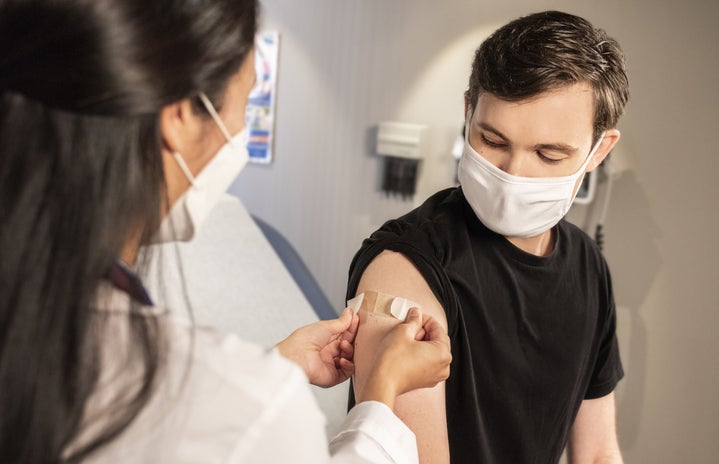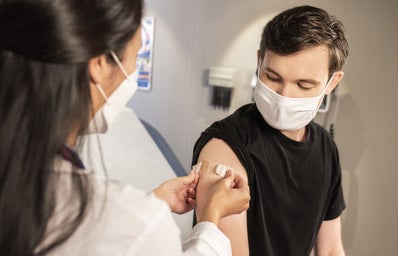Earlier this month, on Feb. 3, we recognized National Women Physicians Day and celebrated Elizabeth Blackwell’s, the first female doctor in the United States, birthday. It’s a day to celebrate and honor women physicians and just how far they’ve come. This year was only the fourth year that it was nationally observed! Medicine has historically been a male-dominated field, which has caused women to have to face more challenges and obstacles when entering the field.
Elizabeth Blackwell faced numerous, seemingly impossible, challenges during her medical school career. In 1846, she applied to various medical schools around the country, and was rejected by all but the Geneva Medical College in New York. Even this acceptance was a joke. The faculty allowed the solely-male student body vote on whether she should be accepted. The male medical students, who thought that Elizabeth would never last in medical school, decided to vote “yes” as a joke. Despite facing constant prejudice and resentment from her male classmates, she graduated from medical school and became the first female physician in the United States.
Women have continued to make their mark in medicine. 2017 was the first year ever that there were more female than male students in medical schools nationwide. Even my own medical class is 70 percent composed of women! This is extremely exciting news considering that, currently, women only make up one-third of total physicians.
It’s unfortunate that it’s taken this long for female physicians to be seen as equal and receive the recognition they deserve, especially when studies have found that patients seeing female physicians have much better outcomes! A Harvard study from 2017 compared the health outcomes of medicare patients that were treated by male vs. female physicians. Ultimately they found that the patients being treated by the female physicians had significantly lower mortality and readmittance rates within the same hospitals.
Despite how far women have come in conquering the descrimination we face in healthcare, there’s still much more progress to be made. Women continue to make up to 10 percent less than their male counterparts for doing the same job in the same hospital after receiving the same amount of training. In more competitive fields, such as neurosurgery and cardiothoracic surgery, this can equal a difference of about $44,000 a year.
Regardless of the pay difference, some patients will treat female and male physicians differently based on their own biases. I know that I, personally, as well as many female classmates, have experienced sexual harassment from patients within the hospital. Even when treating and interviewing patients, if I ask a question, some patients will look at my male counterparts when they answer, making sure that they are taking notes, completely disregarding me.
Women have continued to conquer the medical field. There have been hundreds of talented, intelligent and hard working women that have come before me to pave the path that I walk on now. Next time you’re seeing your doctor, be sure to thank them for their hard work, and consider how much adversity that they had to face to get to where they are now!


